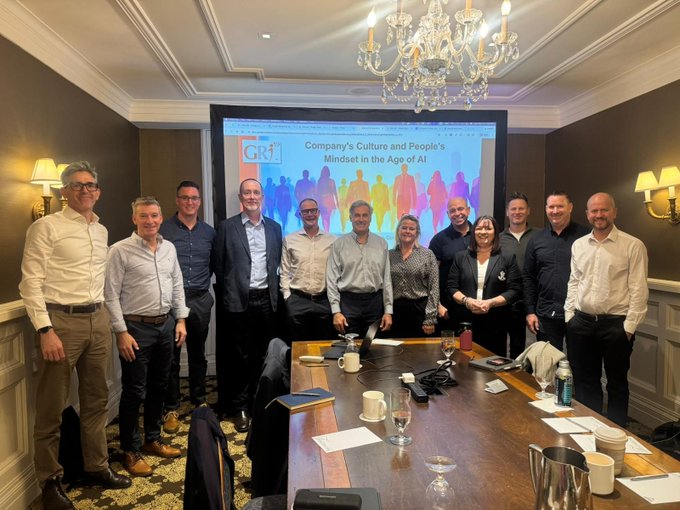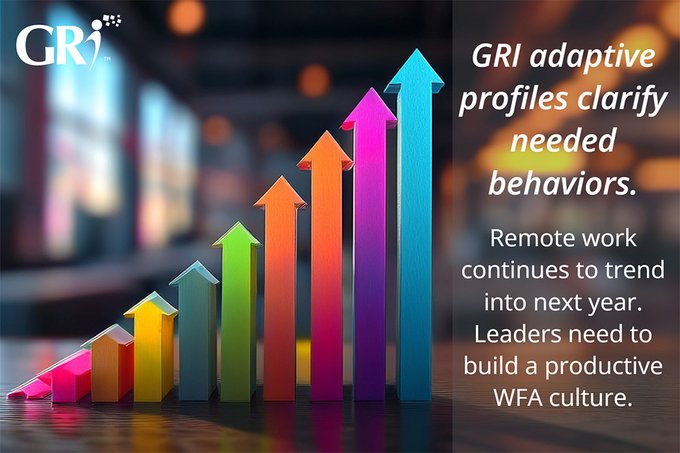Build Teams more Effectively
Posted by Frederic Lucas-Conwell

Build Teams more Effectively
Understanding and predicting how one person performs is a challenging task. Understanding and predicting how several people perform together is even more challenging.
The number of variables that potentially affect a team’s dynamic is obviously more numerous than it is for a single person.
Every member of a team affects the behavior of the other members. The type of industry the team is in, the other teams they compete with, informal connections within the organization, and more, all affect the team and its members.
Special challenges may need to be embraced by the team, like developing more innovative ideas, adopting new processes, reorganizing reporting structures, or merging with another team.
There is always something happening, whether it’s a member entering or leaving, signing a new contract that generates an overload of work, or eventually a lack of work when a contract ends.
Predicting and managing the behavior of the whole may then become an impossible task.
But by acknowledging how each member performs distinctly, two-by-two and all together, we can respond with more creative and effective solutions.
Working on teams and in organizations is where the GRI’s journey truly began. The challenge of managing people quickly shifts from a one-on-one individual focus to the interactions between people and how they function as a group.
Operating in competitive markets forces a company to constantly be more efficient with its people and get better and faster at recruiting, mentoring, making quality decisions, delegating, and alleviating tensions when they occur. In all these tasks, having a better knowledge of how a team functions informs what needs to be done at the individual job level.
Managers may not have to solve clinical cases, but they nevertheless need to have a basic knowledge of psychology—mainly positive psychology—in order to efficiently manage interpersonal dynamics on their own.
A better awareness, through the use of a nuanced behavior assessment like the one of the GRI, of how individual behavior impacts the team and informs recruitment, promotions, and decisions about change helps managers in all situations.
Explore how you can build teams more effectively with the GRI. Read chapter 15 of Lead Beyond Intuition: How to Build a High-Performing Organization. Order the book on Amazon today.
Latest Articles
Groupama Successful Transformation in Romania: The GRI, Catalyst for Profound Change
The history of Groupama in Romania is an eloquent testament to resilience, strategic vision, and the transformative impact of innovative management tools. Arriving at the...
Hybrid Work: A Management Revolution
The COVID-19 pandemic has acted as an unprecedented catalyst, radically transforming our approach to work. What was once a marginal practice has become the norm for many...
Leadership 3.0: Objective Insights for People-Centric Leaders
Steve, a brilliant entrepreneur, poured his heart into his work. His team at "Innovatech" was on the brink of a major breakthrough, a new app that promised to revolutionize...



